With the Apple Watch set to launch in a matter of hours, Microsoft this week announced new capabilities for its own wearable device, including support for new cycling apps, as well as the ability to measure cardiovascular fitness through blood oxygen levels.
The iOS-compatible $199 Microsoft Band has gained support for both MapMyRide and Strava. With an update to the Microsoft Health app, cycling data from the third-party services can be shared and integrated into the company's health tracking platform.
Both of these services can now be added through the official Microsoft Health app for iOS, under the "Connected Apps" menu. Still absent from the app, however, is integration with Apple's HealthKit, though Microsoft assured AppleInsider last fall that support for the Health app in iOS 8 is forthcoming.
More updates for the Microsoft Band are also coming as early as next week including a "VO2 max" calculator. This new capability determines the maximum volume of oxygen used during exercise, helping the wearer to determine their cardiovascular fitness level.
Microsoft said the new features will arrive "as early as April 27," but didn't give a specific timeframe. The full list of new capabilities, according to Microsoft, are:
- Comparative Insights: Measures data such as daily steps, sleep, workout frequency and calorie burn and compares it to similar Microsoft Health customers based on body type (height and weight). Customers looking for motivation can use comparative insights as a benchmark to understand their health relative to similar people.
- Sleep Recovery: Good sleep is the foundation of health, and something everybody does and needs. Microsoft Band tracks the length and quality of sleep. Use the Microsoft Health web dashboard to analyze sleep restoration, sleep efficiency, and wake-ups, to find out how well the body restores its resources during sleep.
- Fitness Benefit: Track fitness progress using historical data to measure improvement over time.
- VO2 Max: VO2 max refers to the maximum volume of oxygen used during exercise, and is the primary indicator of cardiovascular fitness. Traditionally, measuring VO2 Max is cumbersome. Not anymore. Microsoft Band estimates VO2 max based on heart rate information. Now customers can track how their VO2 max increases as they improve fitness level and achieve their wellness goals, simply.
- Run/Exercise Observations: Get more out of run and workout data with in-depth observations and insights. With a week of data, customers can determine which day of the week and at what time of day they perform best. Using historical data from as far back as five weeks, customers can track whether they're maintaining, progressing, or need to re-dedicate themselves. Analyze detailed stats to find specific aspects of runs and workouts that can be improved.
Finally, in the coming weeks, the Microsoft Health app for iOS will also add the ability to track daily steps and calories burned through the M-series motion coprocessors found in recent iPhone models. This will allow the platform to measure daily activity even when the user isn't wearing their Band.
 Neil Hughes
Neil Hughes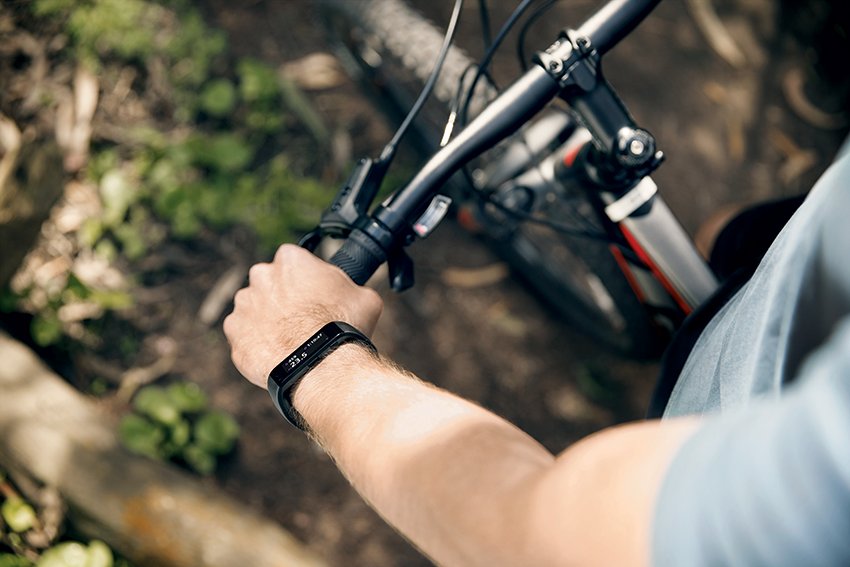


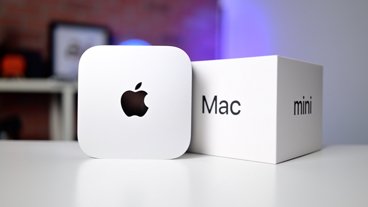











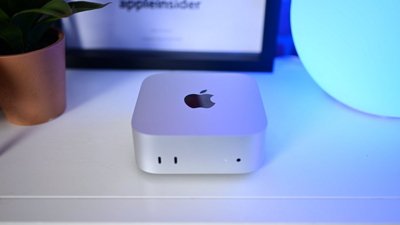
 Mike Wuerthele
Mike Wuerthele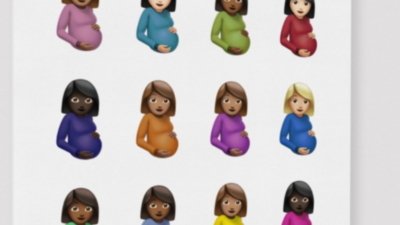
 William Gallagher
William Gallagher
 Amber Neely
Amber Neely

 Christine McKee
Christine McKee
 Sponsored Content
Sponsored Content







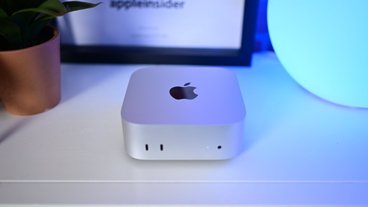


33 Comments
It may not be the prettiest device, but at least it isn't a Watch ripoff and it'll provide some honest competition.
No thanks. It's a ripoff. The Apple Watch can do far more and it doesn't look like heck.
[quote name="AdonisSMU" url="/t/185945/ahead-of-apple-watch-microsoft-beefs-up-its-band-with-new-cycling-trackers-blood-oxygen-calculator#post_2714675"]No thanks. It's a ripoff. The Apple Watch can do far more and it doesn't look like heck. [/quote] How can it be a ripoff when it came out before ?Watch? Still I think this is more of a niche device and ?Watch's biggest success will be that it's multi purpose, that it's not just a fitness device. And I'm glad to see Apple is going slow on sensors. I'd rather have a few sensors that were really accurate than a bunch that were thrown in a device so they could be put on a spec sheet.
Ripoff in terms of price and it looks. It looks like a fit bit or a fuel band.... For $199 a Pebble or Moto Watch seems like a better buy.
[quote name="TheWhiteFalcon" url="/t/185945/ahead-of-apple-watch-microsoft-beefs-up-its-band-with-new-cycling-trackers-blood-oxygen-calculator#post_2714667"]It may not be the prettiest device, but at least it isn't a Watch ripoff and it'll provide some honest competition. [/quote] [quote name="AdonisSMU" url="/t/185945/ahead-of-apple-watch-microsoft-beefs-up-its-band-with-new-cycling-trackers-blood-oxygen-calculator#post_2714675"]No thanks. It's a ripoff. The Apple Watch can do far more and it doesn't look like heck. [/quote] Which one of you is right? :lol: